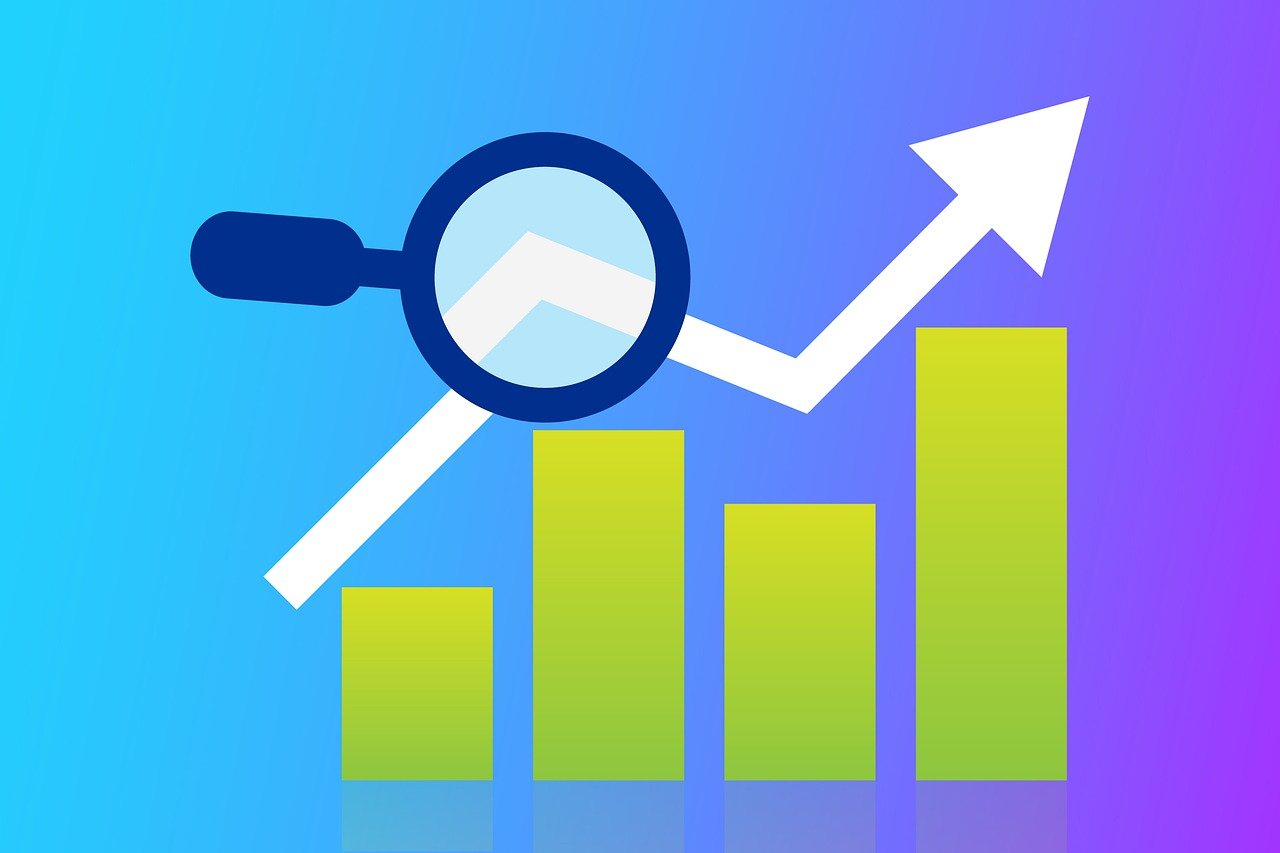
403
Sorry!!
Error! We're sorry, but the page you were looking for doesn't exist.
Consumer inflation in US increases by 2.9 percent yr/yr, slowest since March 2021
(MENAFN) In July, consumer inflation in the US rose by 2.9 percent annually, marking the slowest yearly increase since March 2021, according to data released on Wednesday. The Consumer Price Index (CPI), which tracks changes in the prices of goods and services from the consumer's perspective, came in slightly below market expectations of a 3 percent increase and was lower than the 3 percent year-on-year gain recorded in June. This 2.9 percent increase represents a significant decline from the 9.1 percent annual rise observed in July 2022, which was the highest since November 1981.
On a month-to-month basis, the CPI showed a 0.2 percent increase in July, aligning with market expectations. This monthly rise, however, marked an acceleration compared to June, which experienced a slight monthly decline of 0.1 percent. According to the Bureau of Labor Statistics, the index for shelter was a major contributor to the monthly CPI increase, rising by 0.4 percent in July and accounting for nearly 90 percent of the overall increase in the all-items index. The energy index remained unchanged after experiencing declines in the previous two months, while the food index increased by 0.2 percent in July, matching the gain from June.
Core CPI, which excludes the more volatile food and energy prices, rose by 0.2 percent in July from the previous month, also in line with market estimates. This was a slight acceleration from the 0.1 percent increase recorded in June. Annually, core CPI increased by 3.2 percent in July, marking the smallest annual rise since April 2021. This figure met market expectations and reflected a slight deceleration from the 3.3 percent year-on-year increase observed in June.
The latest CPI data suggests that inflationary pressures are easing, with both headline and core inflation showing signs of moderation. However, the monthly acceleration in CPI and core CPI indicates that certain price pressures, particularly in shelter, persist. The stabilization of energy prices and consistent increases in food prices also contribute to the complex inflationary environment as the Federal Reserve continues to monitor these trends closely.
On a month-to-month basis, the CPI showed a 0.2 percent increase in July, aligning with market expectations. This monthly rise, however, marked an acceleration compared to June, which experienced a slight monthly decline of 0.1 percent. According to the Bureau of Labor Statistics, the index for shelter was a major contributor to the monthly CPI increase, rising by 0.4 percent in July and accounting for nearly 90 percent of the overall increase in the all-items index. The energy index remained unchanged after experiencing declines in the previous two months, while the food index increased by 0.2 percent in July, matching the gain from June.
Core CPI, which excludes the more volatile food and energy prices, rose by 0.2 percent in July from the previous month, also in line with market estimates. This was a slight acceleration from the 0.1 percent increase recorded in June. Annually, core CPI increased by 3.2 percent in July, marking the smallest annual rise since April 2021. This figure met market expectations and reflected a slight deceleration from the 3.3 percent year-on-year increase observed in June.
The latest CPI data suggests that inflationary pressures are easing, with both headline and core inflation showing signs of moderation. However, the monthly acceleration in CPI and core CPI indicates that certain price pressures, particularly in shelter, persist. The stabilization of energy prices and consistent increases in food prices also contribute to the complex inflationary environment as the Federal Reserve continues to monitor these trends closely.

Legal Disclaimer:
MENAFN provides the
information “as is” without warranty of any kind. We do not accept
any responsibility or liability for the accuracy, content, images,
videos, licenses, completeness, legality, or reliability of the information
contained in this article. If you have any complaints or copyright
issues related to this article, kindly contact the provider above.


















Comments
No comment